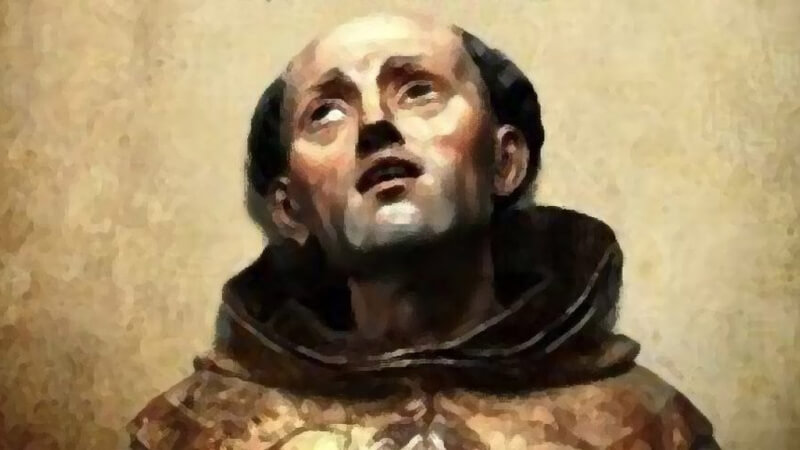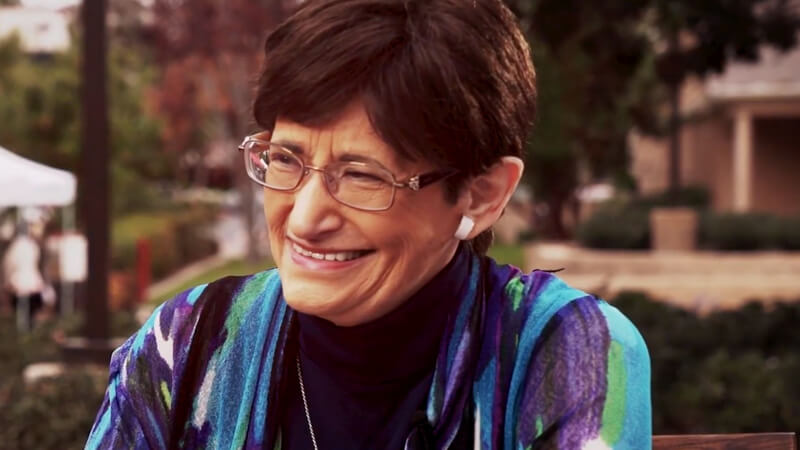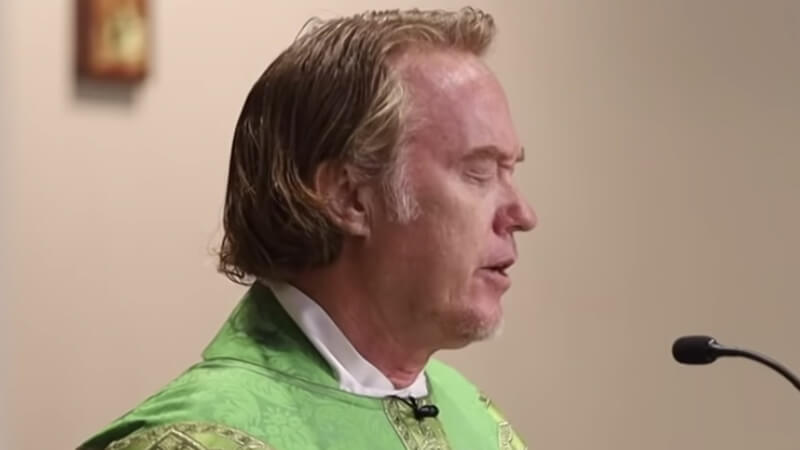Biography of San Juan De La Cruz :- Born into an impoverished hidalga family, he began to work very young in a hospital and received his intellectual training in the Jesuit school of Medina del Campo.
In 1564 he began to study arts and philosophy at the University of Salamanca, where he met St Teresa of Jesus in 1567, with whom he agreed to found two new orders of Carmelites.
His reformed order of barefoot Carmelites stumbled over the open hostility of the Carmelite footwear, despite which he managed to hold various positions.
After teaching in a school of novices in Mancera, he founded the school of Alcalá de Henares. Later on he became the confessor of the monastery of Santa Teresa.
Biography of San Juan De La Cruz
- Born:- 24 June 1542, Fontiveros, Spain
- Died:- 14 December 1591, Úbeda, Spain
- Feast:- 14 December; 24 November (General Roman Calendar, 1738–1969)
- Patronage:- Contemplative life; contemplatives; mystical theology; mystics; Spanish poets
- Canonized:- 27 December 1726 by Pope Benedict XIII
- Movies:- The Dark Night, The Bridegroom, the Comedienne, and the Pimp
In 1577 the intrigues of the Carmelite footwear prospered and he was imprisoned in a convent in Toledo for eight months. After escaping, he sought refuge in Almodóvar.
See Also: Biography of Virgin Mary
He spent the rest of his life in Andalusia, where he became provincial vicar. In 1591 returned to fall in disgrace and was deposed of all its religious positions, reason why it was proposed to immigrate to America, project that frustrated its premature death. Canonized in 1726, he was proclaimed Doctor of the Church in 1926.
The poetry of San Juan de la Cruz
Although the verses that remain of him are scarce and were not published until after his death, he is considered one of the greatest Spanish poets of the time and as the maximum exponent of the mystical poetry.
It is supposed that during the months of his imprisonment in 1577, which he spent in complete isolation and subjected to cruel interrogations, he elaborated his so-called major poems: Flame of living love, Spiritual canticle and Dark Night .
For fear of being taken by “Enlightenmentists”, none of these works were published before 1618, when, except for the Spiritual Canticle that was published nine years later in Brussels, they were published with the title Spiritual Works that lead a soul to the perfect union with God .
In 1692 published in Rome the work in prose Notices for after professed , written shortly before dying.
In his three major poems, closely related to each other, John of the Cross condensed his own personal experiences, derived from the constant yearning for his soul to attain ideal fusion with its Creator.
The three compositions, in one way or another, describe the mystical ascent of the soul towards God, and since they emerged as a transcription of a mystical experience that was expressed in allegories and symbols, St. John of the Cross considered that they should be explained. This led him to write prose comments to the poems.
In Llama de amor viva , San Juan de la Cruz recreates the emotion of amorous ecstasy, while in Dark Night , which consists of eight lire, uses the image of a girl who escapes at night to go to a date with his lover as representation of the escape of the soul from the prison of the senses, in search of communion with God.
Spiritual chanting is the most complex and extensive work of his production. In it, to detail the different paths that the soul travels until it merges with the divinity, it develops a recreation, as an eclogue, of the Biblical Song of Songs.
Through forty liras he describes the search for the Bridegroom (God) on the part of his wife (the soul), who asks for him to the creatures of nature. After finding him, there is a love dialogue that culminates with the union of the two lovers.
Unlike Saint Teresa of Jesus , who adopts the colloquial tone and feeds on the effects of light to express the experience of communion with God, the poetry of St. John of the Cross becomes a living language that, drinking in various sources, seeks the expression of the arrobo and the ecstasy of the mystical union.
Its purpose is to capture, or at least let us glimpse, that invisible and ineffable reality that is divine love, appealing to the symbolism and the rich expressive possibilities of an elaborate language.
It is precisely these two factors that attract and fascinate even unbelievers, because their verses, operating fundamentally as expressive ways of an intimate personal experience, do not compromise beliefs, traditions or cultures not shared by the subject.
As fruits of this mystical outburst, far from any logical discourse, the irrational, subconscious and intuitive elements predominate in the major poems of San Juan de la Cruz, which translate stylistically into a tendency towards synthesis and a great expressive density.
In order to communicate the sensations experienced, it dispenses with every superfluous element and uses the noun profusely, to the detriment of verbs and adjectives. In order to make known the joys that the mystic bond produces.
It uses profusely the affective turns, repetitions, antitheses, chaotic enumerations, the sudden passage from one theme to another or the allegorical references, based, in their greater part, on the subject of profane love. It does not exclude also the popular and rustic lexicon, dialects and diminutives,
Thus, combining the old symbology of the Song of Songs with the formulas of Petrarchism, St. John of the Cross produces a rich mystical literature that has its roots in Thomistic theology and in the German and Flemish medieval mystics.
Its production reflects a broad religious formation, although it reveals the influence of the traditional songbook of the sixteenth century, especially in the use of profane love (the figures of the lover and the beloved) to symbolize and represent the mystical feeling of divine love.
The most used stanza in his poems is the lyre, although it shows equal freedom in the use of the octosyllabic romance.
His whole doctrine revolves around the symbol of the “dark night,” an image that was already used in mystical literature, but to which St. John gave a new and original form. At night, by erasing the limits of things, he suggests the eternal, and in this way he begins to symbolize the active negation of the soul to the sensible, the absolute spiritual void.
Dark night also calls Saint John to the “terrible trials that God sends to the man to purify it”; according to this last meaning, speaks of a night of the sense and of a night of the spirit, situated, respectively, at the end of the purgative and illuminative way, after which would come the unitive way, last aspiration of the soul tormented by the distance which separates it from God, and realization of its desire for total fusion with Him.
St. John uses certain stylistic resources with infrequent profusion and maturity, giving a new and deeper sense to the paradoxical expressions (“I live without me”, “soft captivity”) and the shuddering exclamations (“O flame of love alive! “) customary in song books.
What best defines his poetry is his extraordinary expressive intensity, thanks to the perfect adequacy and the balance of each of his images.
This is also due to its tendency to abandon the discursive register and eliminate neutral nexuses devoid of aesthetic value in order to seek a constant juxtaposition of poetic elements of great plasticity.
All this, together with the intellectual rigor that the author emphasized in his comments, confers to his poetry a unique balance between his sensual images and the ascetic and sublime impulse that inspired it, and makes of it one of the summits of the Renaissance lyric in Spanish language.




